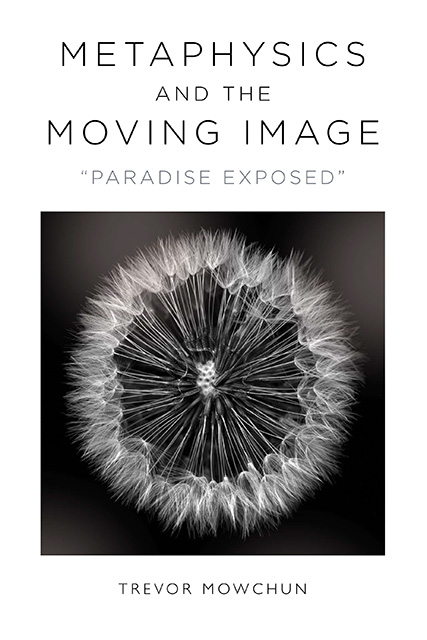Book contents
- Frontmatter
- Contents
- List of Figures
- Acknowledgments
- Introduction: The Death of God, the Birth of Film, and the New Metaphysics
- Chapter One Image Breakthrough: Disclosure and Derailment in Painting, Photography, and Film
- Chapter Two The Evolution of the Concept of “World” from Philosophy to Film
- Chapter Three Paradise Exposed: Psychic Automatism in Film Primer: “While the will is off its watch”
- Chapter Four Nature, Whose Death Shines a Light: Exteriority and Overexposure in The Thin Red Line
- Chapter Five “Mother, I am Dumb …”: The Reevaluation of Friedrich Nietzsche in The Turin Horse
- Notes
- Bibliography
- Index
Chapter One - Image Breakthrough: Disclosure and Derailment in Painting, Photography, and Film
Published online by Cambridge University Press: 19 October 2023
- Frontmatter
- Contents
- List of Figures
- Acknowledgments
- Introduction: The Death of God, the Birth of Film, and the New Metaphysics
- Chapter One Image Breakthrough: Disclosure and Derailment in Painting, Photography, and Film
- Chapter Two The Evolution of the Concept of “World” from Philosophy to Film
- Chapter Three Paradise Exposed: Psychic Automatism in Film Primer: “While the will is off its watch”
- Chapter Four Nature, Whose Death Shines a Light: Exteriority and Overexposure in The Thin Red Line
- Chapter Five “Mother, I am Dumb …”: The Reevaluation of Friedrich Nietzsche in The Turin Horse
- Notes
- Bibliography
- Index
Summary
I. Art in the Wake of Metaphysics
The philosophy of film is ostensibly tied to the philosophy of art as one of the many branches of aesthetics, and philosophers have been writing on art for centuries, a tradition that goes back (all the way back) to the ancient Greeks. It is well known that the Greeks were generally quite critical of art, or rather suspicious of it, a position epitomized in Plato's Republic where the poets in particular are accused of blocking the light of reason by skyrocketing the soul into an enlightenment that philosophy insists must be earned slowly and in stages. Since the Greeks knew enough about art to fear it, I would say this makes the philosophy of art into a tradition as old as philosophy itself. But it was not until much later, amidst philosophy's “visual turn” and experimentation with the senses, that art was approached as something far more radical, inscrutable, wholly other. In the modern period, art could appear as something whose essence is as irreducible as it is undecidable, open, and active: the work of art becomes the very site of its own absolute working. This term “work of art,” despite its relatively recent emergence in the field of aesthetics, is one whose meaning—like so many—evaporates with every casual or dramatic utterance; and yet such terms do grant the artwork a singular autonomy that cannot be fully reclaimed or mastered by the human beings—artists and spectators—standing on either side of the mysterious equation, and this is what I wish to emphasize here. A work of art as a special type of meta-object may point to an object beyond itself, something perhaps otherworldly in comparison with itself; and upon being experienced in this way, it reaches out and grabs hold and commands our attention towards specific ends which are disproportionate to, if not irreconcilable with, it would seem, the material means. In this sense the artwork's ontology is akin to a ritualistic materialization or enactment of the mode of allegory, a literal launch-pad of experience beyond the everyday, a phenomenological catapult stationed within endless plateaus of habituation and utilitarian orientations of mind and body.
- Type
- Chapter
- Information
- Metaphysics and the Moving Image'Paradise Exposed', pp. 19 - 60Publisher: Edinburgh University PressPrint publication year: 2023



